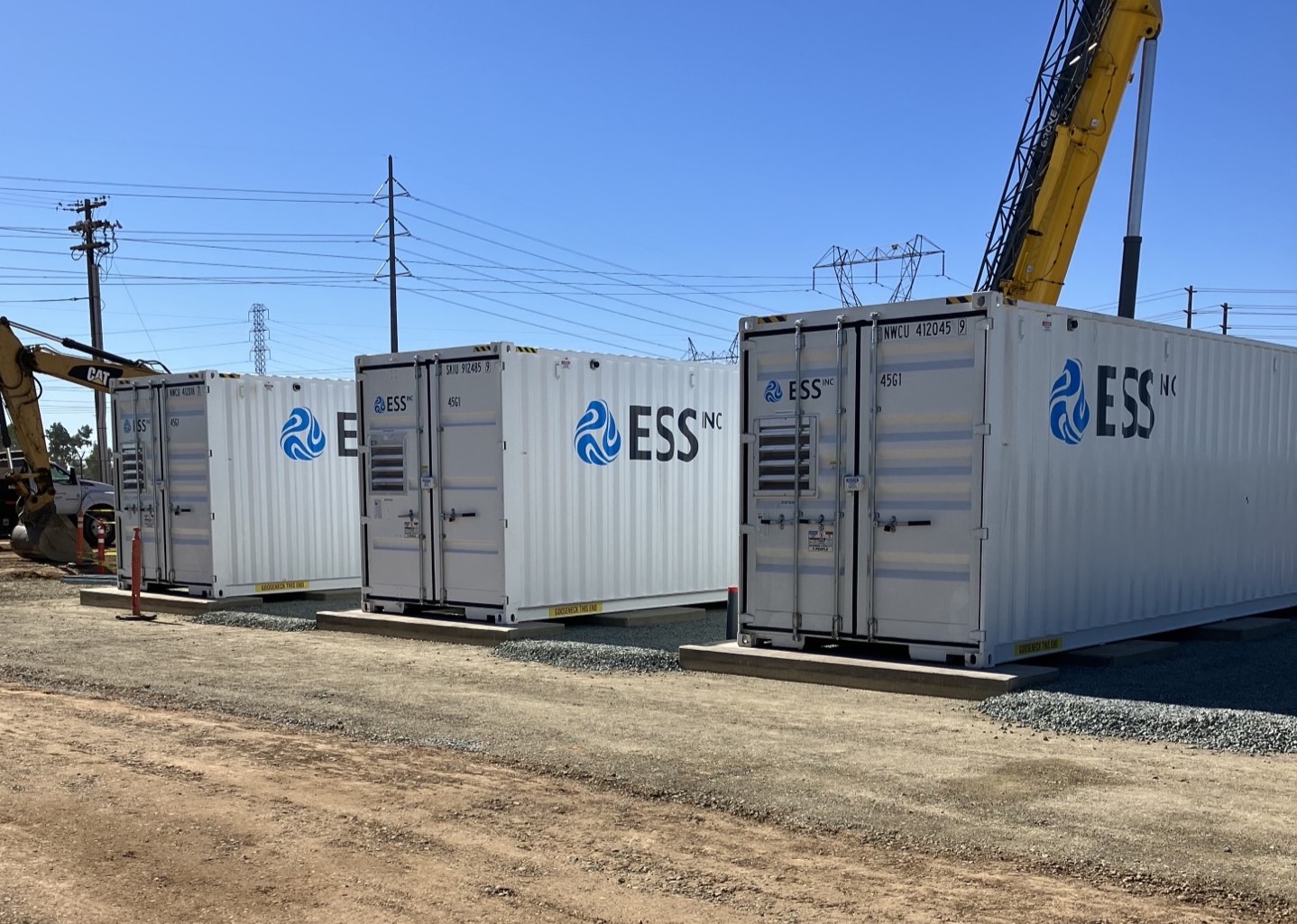As 2023 draws to a close, it is shaping up to be the warmest year on record complete with, now routine, climate disasters including unprecedented wildfires in Canada and extreme atmospheric rivers which buried California with 237% of normal snowpack and led to significant flooding, underscoring the urgency of the climate crisis.
In addition to climate challenges, geopolitics and energy security continued to be front of mind for global energy and political leaders. While initial disruption in energy markets from the war in Ukraine has subsided, instability continues as new conflict in the Middle East and ongoing economic headwinds have continued to create turbulence and uncertainty.
The good news is that the accelerating transition to clean energy offers a long-term solution to many of these challenges. While much work remains, 2023 also delivered reasons for optimism as we close out the year.
Legislative and regulatory progress
Leaders in the U.S., Europe and worldwide understand the need for rapid action. Implementation of the Inflation Reduction Act (IRA) in the United States took shape in 2023, with rulemaking providing the certainty that companies in the clean energy space need to plan and invest. At the state level, Michigan became the 11th state to set an ambitious, concrete energy storage target – 2,500 MW by 2030.
2023 saw significant progress on multiple fronts in Europe. The newly established Just Transition Fund will support the deployment of new technologies and workforce training initiatives across the continent to ensure that the benefits of clean technologies are realized by those communities most affected by declining fossil fuel use. More broadly, the Energy Resilience Leadership Group (ERLG), a coalition of Europe’s political and business leaders, was launched at this year’s Munich Security Conference. The ERLG’s mission is to accelerate the clean energy transition and ensure European energy security following the Russian invasion of Ukraine. Led by Breakthrough Energy and Siemens Energy, the ERLG has the potential to accelerate clean energy projects by convening diverse stakeholders and supporting reforms that will accelerate progress.
Clean energy sets new records for capacity and investment.
Industry is responding to the climate crisis (and the evolving policy environment) by accelerating the deployment of new renewable energy capacity and technology. In 2023, the IEA reported that ~500 gigawatts of new renewable capacity were added worldwide. In the United States, renewable energy delivered 25% of all electricity consumed in the first half of the year and, just this month, the first U.S. offshore wind projects began to deliver power to shore. Globally, fossil fuel use is now expected to peak this decade as solar becomes the cheapest and most prevalent form of new generation capacity.
In the first half of 2023, renewable energy investment hit a record $358 billion, a 22% increase in investment over the first six months of 2022. Investment in the clean energy industry is expected to continue to grow, particularly as the tax credits and investments contained in the IRA and similar policies worldwide continue to gain traction.
Energy storage continues to accelerate.
Energy storage saw record growth in 2023 and this trend is expected to continue. BNEF has forecast a 27% compound annual growth rate to 2030, demonstrating the broad recognition that energy storage will be critical to continued renewable deployment.
Established players are taking note. At ESS, we were proud to announce a strategic relationship with Honeywell, a global leader in energy systems and advanced materials. This partnership included direct investment by Honeywell in ESS and a purchase commitment of up to $300 million of ESS products by Honeywell over the next six years. The two companies will collaborate to continue to advance and deploy iron flow technology and meet global demand for long-duration energy storage (LDES).
In addition, ESS delivered innovative LDES solutions to our customers in 2023. In September, we commissioned our first system with the Sacramento Municipal Utility District (SMUD) to support their 2030 Clean Energy Vision and are pleased to support their ambitious decarbonization targets. The first six Energy Warehouse units are just the first phase under a 2 GWh framework agreement signed in 2022.
Elsewhere, our partnership with Energy Storage Industries Asia Pacific (ESI) is beginning to deliver results. ESI will deploy a 150 MW iron flow battery system using ESS technology at the Stanwell Power Station later this decade, with work on an initial pilot already underway. This is another concrete example of ESS technology enabling the retirement of legacy coal infrastructure.
2023 has certainly been a year of progress for LDES and iron-flow battery technology, with major projects underway on three continents and increasing interest and investment by established industry players. Looking ahead to 2024, there is much more to do to meet global demand and continue the hard work of commercializing, scaling and delivering a new, but critical, clean energy technology and we look forward to the challenge.

